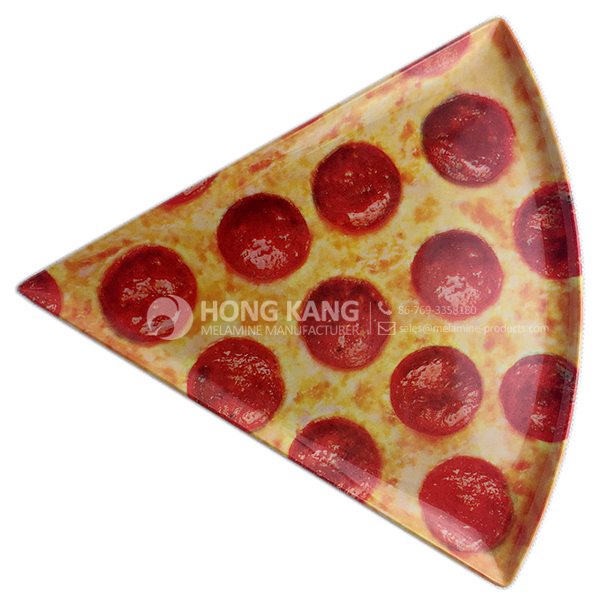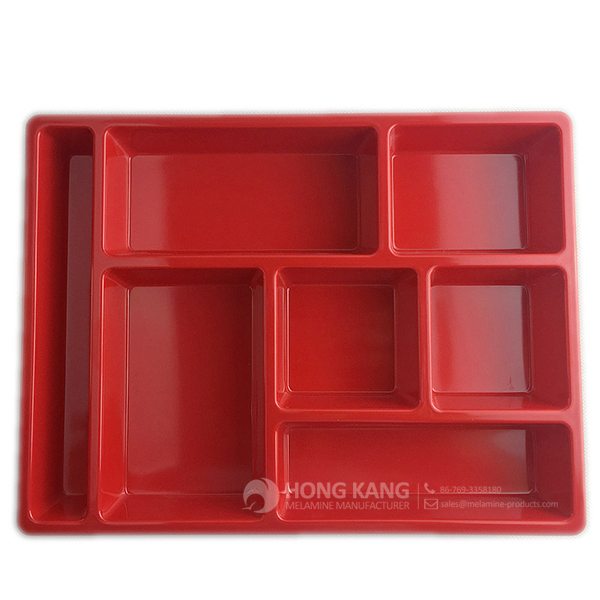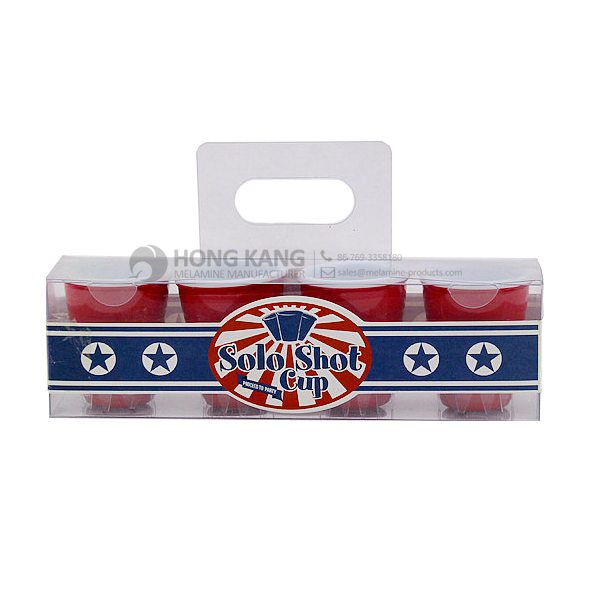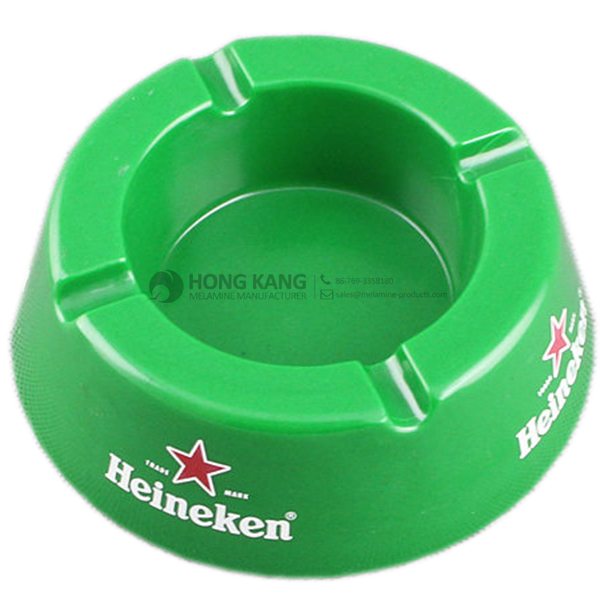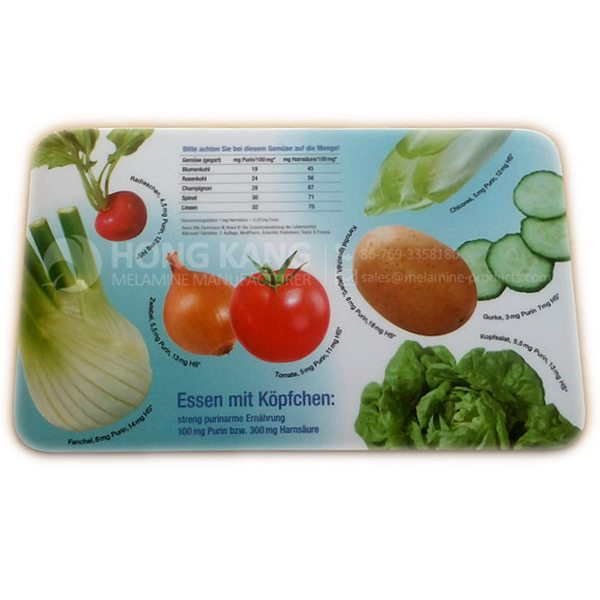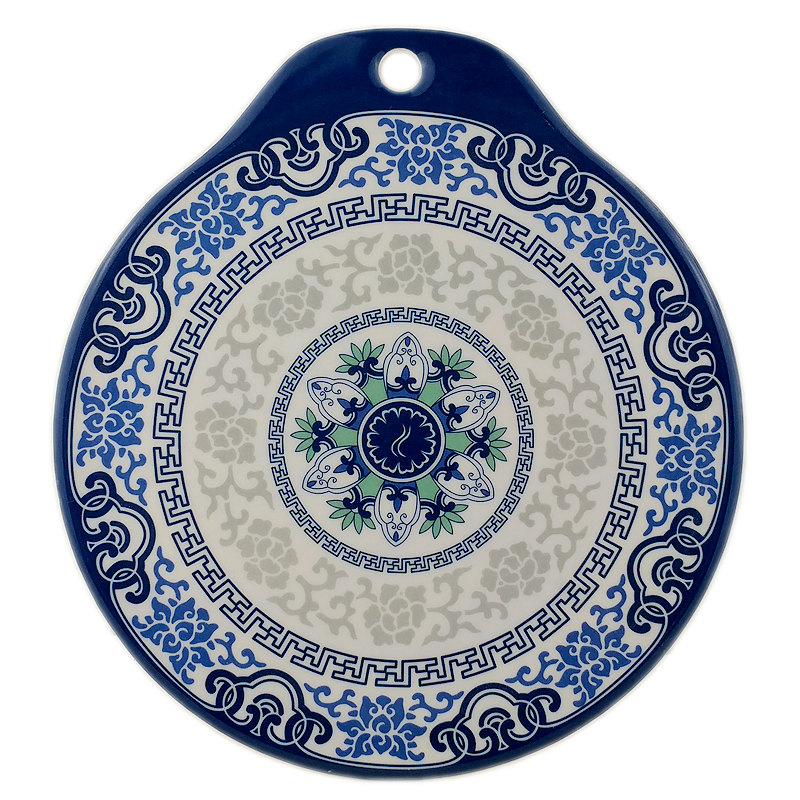18 Years Factory offer Melamine Square plate Wholesale to Nepal
18 Years Factory offer Melamine Square plate Wholesale to Nepal Detail:
| Specification | |
| Item Name | 7inch Melamine Square Plate |
| Item No. | PT011 |
| Shape | Square |
| Body Color | Orange |
| Decal Color | 4 colors print |
| Finish | Glossy |
| Style | Fashion |
| Motif Design | Customized |
| Shape Design | OEM/ODM |
| Test Standard | FDA,PROP 65,EN71,LFGB etc. by SGS or ITS |
| Packaging | 12pcs/box,48pcs/carton |
| Dimensions | |
| Length | 18 cm |
| Width | 18 cm |
| Height | 2.8 cm |
| Capacity | N/A |
| Material | |
| Body Material | 100%melamine |
| Decal Material (if need) | 4 colors print (CMYK), or spot color printing, RoHS certificate |
| Imprint (if need) | Seiko ink type 1000 or other type, RoHS certificate |
| Accessories Information | |
| Lid included | No |
| Other | No |
| Weights | |
| Net Weight (kg) | 9.6 |
| Shipping Weight (kg) | 10.6 |
Product detail pictures:
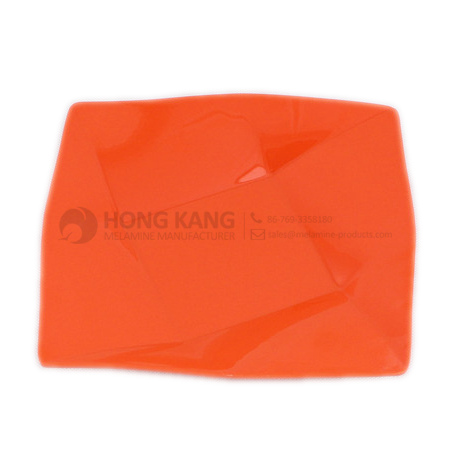
Related Product Guide:
Affordable Types of Dinnerware Sets
Benefits of Melamine Dinnerware
To fulfill the customers' over-expected fulfillment , we have now our solid staff to deliver our greatest general assistance which includes internet marketing, product sales, creating, manufacturing, excellent controlling, packing, warehousing and logistics for 18 Years Factory offer Melamine Square plate Wholesale to Nepal, The product will supply to all over the world, such as: Bangladesh , Mongolia , Peru , Our production have been exported to more than 30 countries and regions as first hand source with lowest price. We sincerely welcome customers from both at home and abroad to come to negotiate business with us.
FAQ: 1.Q: Where is your factory located? How can I visit there? A: Our factory is located in Guangdong province, China. Warmly welcome to visit us! 2.Q: What is the material of your products? A: The material is melamine. 3.Q: How can I get some samples? A: We can send the samples by Express/DHL/FedEx/UPS etc. 4.Q: How does your company do regarding quality control? A: We have a very strict QC system. Our inspectors have been closely monitoring the production process from the selection of raw materials to the final step of the finished products. 5.Q: Can you print our logo on the product & packing? A: Yes, We can print your logo on our products. 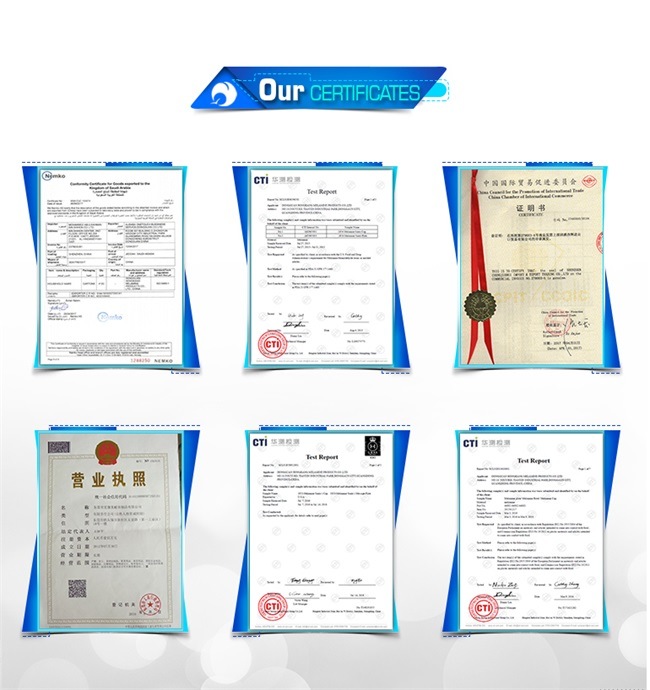
| * Do Not Touch On Fire Directly | |
|---|---|
| * Do Not Washing By Steelwire Ball | |
| * Non-Microwave Ovens | |
| * Dishwasher Safe |
Over 200 motorsports-oriented videos, thrilling and action-packed! Share our passion on YouTube, susbcribe to Motul Channel now ![]() http://www.youtube.com/motul
http://www.youtube.com/motul
Follow us on Twitter: http://www.twitter.com/motul
Join us on Facebook: http://www.facebook.com/motul
Visit us: http://www.motul.com
Music: “The Glitch Mob-Warrior Concerto”
via YouTube Capture
The company has a good reputation in this industry, and finally it tured out that choose them is a good choice.






